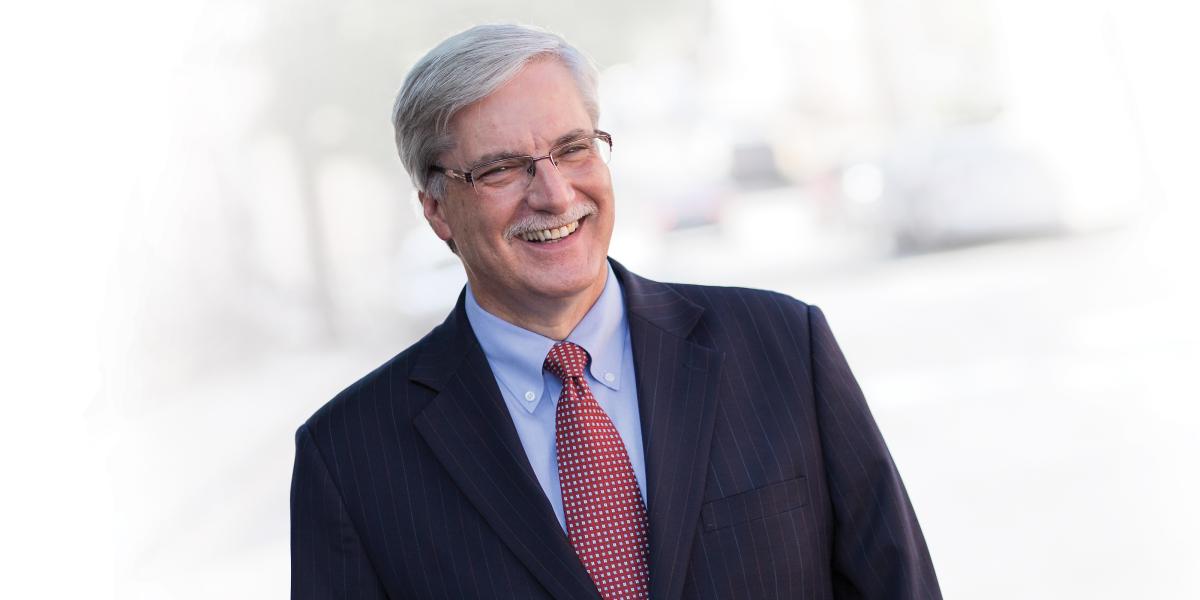Open Mike: Tested by Disaster
Japan’s tsunami and nuclear crisis remind us of the importance of preparedness, communication and coordination.
I was in Australia, at a conference of academic health leaders, when the earthquake and tsunami struck Japan on March 11. My Japanese public health colleagues at the conference soon faced the challenge of how to best help their country.
As the disaster evolved into a nuclear crisis, they did just what we would have done. They provided evidence-based recommendations about how to reduce the risk of infectious disease, prevent post-traumatic stress disorder and minimize radiation dangers.
The first mission is always preparedness, ensuring that skilled professionals and infrastructure are in place and ready before disasters occur. The Bloomberg School’s Public Health Preparedness Programs, for example, has trained more than 60,000 U.S. public health and safety professionals in disaster preparedness and response. And our Center for Refugee and Disaster Response (whose work is documented in this issue) has trained more than 500 people from governments and NGOs worldwide in preparing for population-level health emergencies. At least a half-dozen of our Japanese and South Korean alumni were directly involved in Japan’s response.
Immediately after a disaster, people need information almost as much as they need food and water. They need to know what they should and shouldn’t do, where they can get shelter and safe water, and so on. Risk communications is incredibly important, but it can be hard for government leaders to balance their message so that people are motivated to do the right thing but not so frightened as to panic.
In search of that kind of knowledge, the media often seek out our faculty. Case in point: As Japan’s nuclear crisis unfolded, journalists did multiple interviews with Jonathan Links, a radiation expert and director of the Public Health Preparedness Programs. He explained the immediate risks from Japan’s nuclear disaster (including when it’s appropriate to take potassium iodide) and shared his insights into our own country’s nuclear power infrastructure.
And, in 2006, our Center for Communication Programs conducted media campaigns in the Baltimore region to persuade people to assemble home emergency response supplies (including water, a portable radio and flashlight). This way, people in the community—not just the government and NGOs—know their responsibilities in preparedness.
Another key area is coordination. When a disaster shatters normal life, humanitarian groups of all stripes flood into the country. Each may have a different focus and a different agenda. In a sense, they are competing with each other to help. Their commitment to others is admirable, but to have the greatest impact, these groups need to be coordinated. And that takes trained leadership and a command structure.
In the long term, Japan will recover from this blow to its infrastructure and its economy, but a serious aftershock looms: psychological trauma. I know personally how these memories stay with you. In 1972, I was helping my best friend protect his house during Hurricane Agnes. As rain poured down, floodwaters filled the basement, spilled onto the kitchen floor and swiftly rose in the house. We fled upstairs and escaped through the second-floor window where we were rescued by firefighters in a boat. Others who have worse experiences or have lost loved ones in disasters can suffer lasting mental trauma. Delivering counseling and other services to thousands of people presents a difficult challenge. Our Applied Mental Health Research Group is working to bring evidence-based mental health services to developing countries where such care is all too rare or nonexistent.
During my travels in Australia, and later China and Kuwait, everyone felt an overwhelming sadness and great concern for the Japanese people. The experience emphasized to me that we really are a global village. It also made me appreciate once again the importance of public health and the work of our School. We have some of the world’s top experts in preparedness, refugee assistance, mental health, radiation science and many other disciplines—and they all are dedicated to our mission of saving lives millions at a time.
Every day when I pick up the newspaper, the headlines provide great affirmation of the importance of our work. Public health tackles big problems and that is perhaps never more true than when our global village is tested by disaster.
